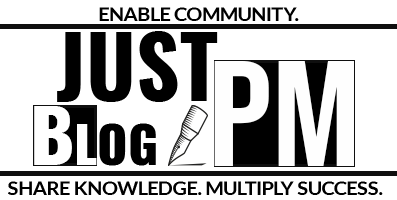To determine the budget for a project, various tools and techniques are employed to ensure accuracy, feasibility, and alignment with the project’s objectives. Here’s a closer look at these tools and techniques:
- Cost Aggregation:
- Definition: This involves summing up the estimated costs of individual activities or work packages to establish a total cost for each project milestone or phase, and eventually, the entire project.
- Application: Cost aggregation is typically done hierarchically, following the Work Breakdown Structure (WBS) structure. Costs are aggregated from the activity level up to the work package level, and then further up to control accounts and the entire project level.
- Reserve Analysis:
- Definition: This technique involves reserving a portion of the budget to address potential risks or uncertainties.
- Types: There are typically two types of reserves:
- Contingency Reserves: Allocated for known risks identified in the risk register.
- Management Reserves: Allocated for unknown risks or unforeseen changes.
- Application: The size of the reserves is often determined based on the risk profile of the project, historical data, and expert judgment.
- Expert Judgment:
- Definition: Leveraging the experience and knowledge of experts in the project domain or industry.
- Application: Experts can provide insights on potential costs that might have been overlooked, validate estimated costs, and recommend adjustments based on similar past projects or industry benchmarks.
- Historical Relationships:
- Definition: Using historical data from past projects to inform cost estimates for the current project.
- Application: This can involve parametric estimating, where statistical relationships between historical data and key project parameters are used to predict current project costs.
- Funding Limit Reconciliation:
- Definition: Ensuring that the project’s financial needs don’t exceed the available funding or violate any periodic funding limits set by the organization.
- Application: This might involve adjusting project schedules, phasing to align with available funding, or seeking additional funding sources.
- Project Management Software:
- Definition: Software tools designed to assist in project planning, scheduling, resource allocation, and cost estimation.
- Application: These tools can automate the aggregation of costs, adjust for inflation or currency fluctuations, visualize cash flow, and track actual costs against the budgeted amounts in real-time.
- Vendor Bid Analysis (if applicable):
- Definition: If parts of the project are outsourced, analyzing vendor bids can provide insights into market rates and potential costs.
- Application: By comparing bids from multiple vendors, project managers can gauge the going rate for specific services or components and factor these into the overall budget.
Conclusion:
The budgeting process is dynamic and requires a combination of data-driven techniques and expert insights. By employing the above tools and techniques, project managers can create a comprehensive and realistic budget that accounts for known and unknown variables, ensuring the project remains financially viable from start to finish.


